
Lockout/tag-out (LOTO) is an important safety procedure. Industries and workplaces with dangerous machinery and equipment use it. Machines and equipment need regular maintenance. Sometimes, just turning them off is not enough. Even when a machine is off, it can still hold stored energy. This energy can be electrical, mechanical, hydraulic, or thermal. A lockout/tagout mechanism keeps a device in one position. It stops any movement to another position. This includes actions like opening a ci...
28 November 2025 | Atreya Mukerjee
"Permit to Work" (PtW) is a widely used term for systems that manage high-risk work safely, but it’s also known by other names. These include Safe System of Work (SSoW), Electronic Permit to Work (ePtW), Digital Permit to Work, and ISSOW (Integrated Safe System of Work). While the terminology may vary, all refer to structured processes designed to control hazards and ensure safe work practices. In high-hazard industries, safety is non-negotiable. Whether you manage a refinery, petrochemical plan...
06 November 2025 | Emma Bundy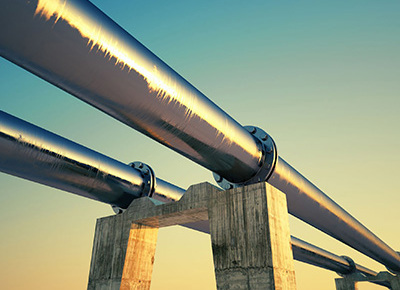
What cloud-based services offer a business is the power to achieve a much more scalable and reliable IT infrastructure. This helps to streamline processes and support development and growth. In recent times, we are seeing a gradual migration by existing clients towards cloud-based solutions to manage their safe digital control of work solutions. While cloud services are a common request for new clients....
22 March 2022 | Neil Northwood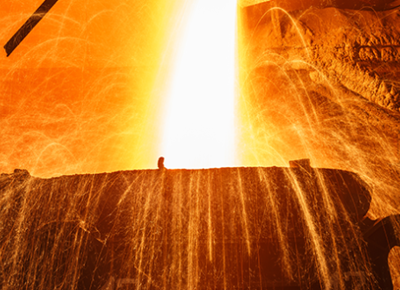
There are many reasons why safe Control of Work (CoW) really matters, particularly in industries that may not be as obviously dangerous as high hazard chemicals, oil & gas and minerals handling. These are of course where control of work started, because of the significance of several disasters, starting with Sevesso (Italy) in 1976, when a bursting disc on a chemical reactor ruptured, resulting in a release of gas over a 20 min period that affected 17,000 people in the town near the plant th...
21 September 2021 | Mark Breese
Permit to Work has historically always been paper-based systems with multiple forms for each task that needs to be performed. However, in the age of digitisation, software and mobile solutions offer digital permit to work system software to control the risks, ensure worker safety, authorise the correct people to carry out specific work and significantly increase efficiencies....
23 February 2021 | Emma Bundy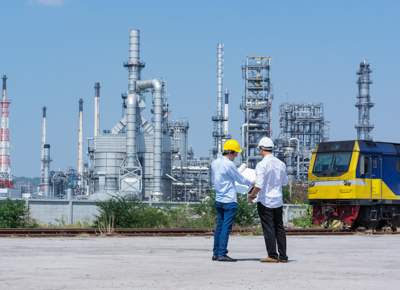
The Control of Work involves many different roles in carrying out all the elements that are required to keep jobs safe. For example, faulty and vulnerably performing pieces of equipment must be identified. Isolations need to be put in place to remove energy from systems before equipment can be handed over to be worked on, the area prepared, and the repairs must be made. All these activities must be adequately resourced, and enough time allocated for them to be carried out. Therefore, there are a...
26 May 2020 | Mark Carter
Here are some key observations Involve the people By this, I don’t just mean in specification of what you want although of course, this is a must (more on that later). I mean design the system around the main participants who look after maintenance work and assess risks. There’s an adage in football about getting your best players on the ball and the same is true here. Make sure that those who have something to contribute are given the opportunity to do so. For example, why not have the Contract...
28 January 2020 | Mark Carter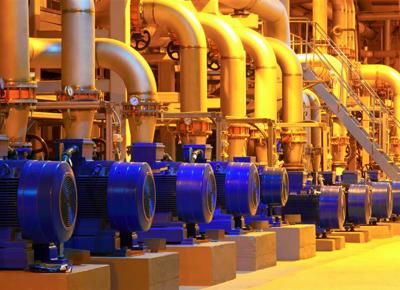
High Risk Isolations Some isolation activities are essentially by their nature, extremely high risk. These generally fall into two major areas: Isolation of equipment performing a ‘safety’ or control function. For example, safety interlock overrides and the removal of relief valves etc. Work on this type of equipment render the process at risk whilst the equipment is out of commission. (See removal of critical equipment, below) · ‘Emergency’ isolations where positive isolations cannot be ...
24 September 2019 | Mark Carter
Adequate risk assessment preparation for maintenance work is probably the single most effective way of reducing risks present in both the equipment and in the environment. As such, the risk assessment process, is arguably the most effective safety management step in carrying out maintenance work in the control of work process. The preparation process will be well known to the Operations/Maintenance personnel and accordingly, the risk control will usually follow a well-worn procedure. However, as...
25 June 2019 | Mark Carter
What is Risk Assessment? Risk Assessment means many things to many people. The importance of risk assessments to identify hazards and the levels of rigour applied to this will vary from culture to culture and from one industry sector to another. The Risk Assessment Process can be defined as a careful examination of what, in the work you are carrying out, could cause harm to people or the environment - so that you can consider and establish whether you have taken enough precautions to prevent and...
15 January 2019 | Mark Carter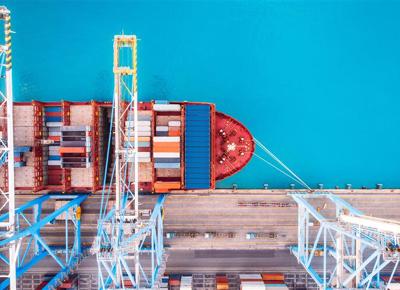
We would like to share this experience with you in a series of articles with the common goal of keeping our workplaces safe.Welcome to this series of articles where we examine the Control of Work process in more detail. We will investigate how control of work best practice has informed the way that each of these elements: is carried out what that means in the real world and how we can achieve it We have been implementing our Control of Work software for over 25 years in a variety of industries...
27 September 2018 | Mark Carter
Control of Work (CoW) is the Safe Management of Maintenance Work and Processes by putting in place a system which incorporates Hazard and Risk Assessment (RA), Isolation Management (IM) and Permit to Work (PtW). All three should be equally represented and linked together in the control of work process to ensure health and safety compliance. The easiest, safest, and most efficient way of achieving this is through a Digital Control of Work solution....
03 May 2018 | Mark Carter